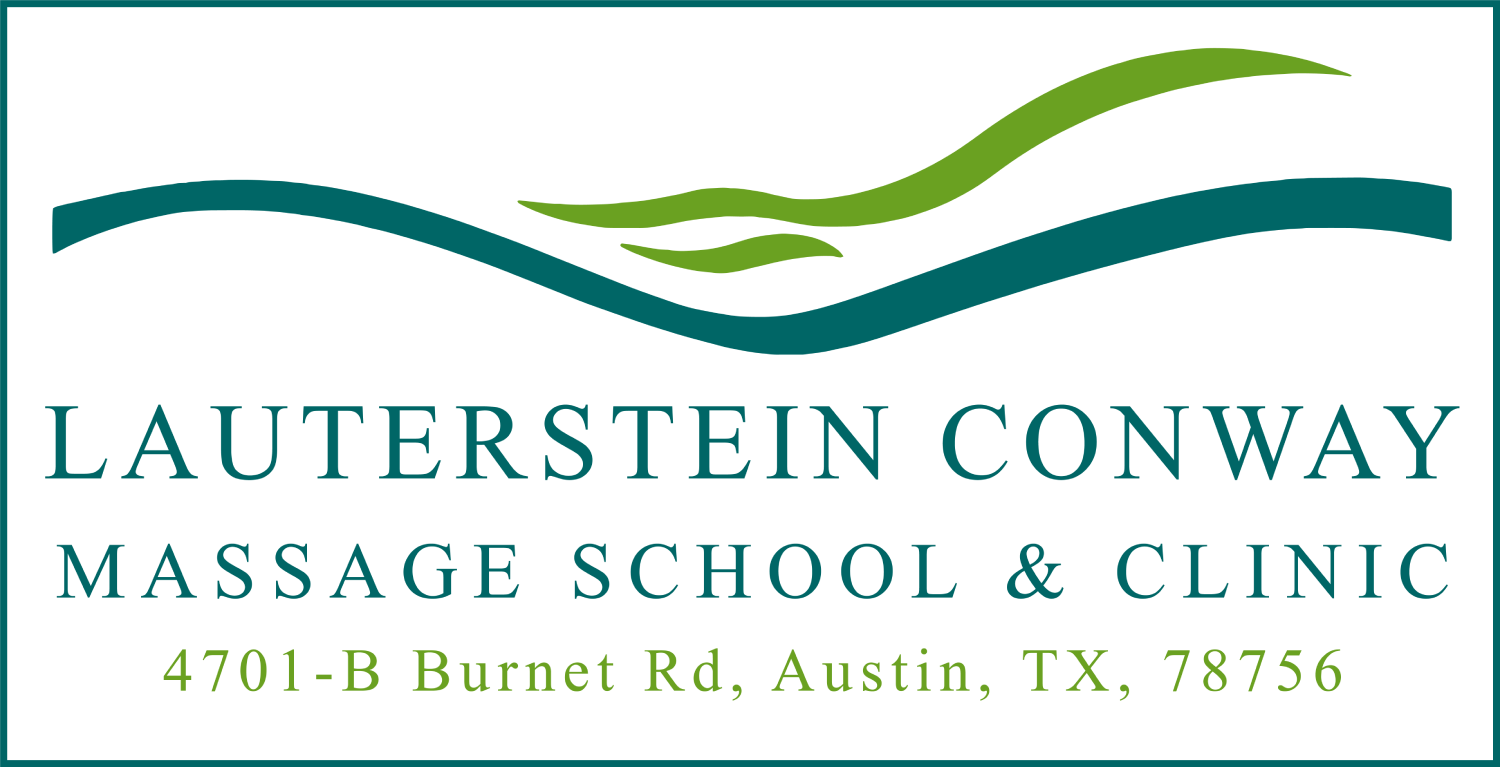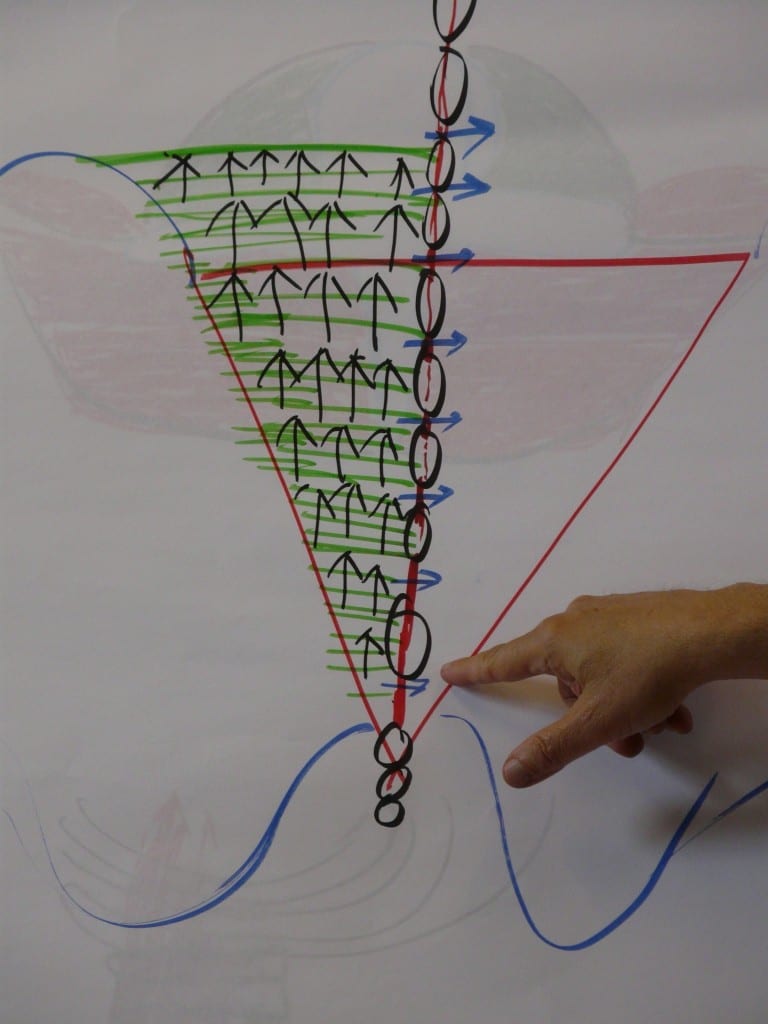For lower back pain, some of the most important structures we need to address are the ligaments. Of particular interest are those running “horizontally” – from the levels of S5, 4, 3, 2, 1 and L5 to the ilium at each vertebral level. The sacroiliac and iliolumbar ligaments are, in other words, running at 90° to the “vertically” organized fascia associated with the erector spinae.
One indication and one caution.
The indication is it is extremely common that when a person is having a low back or sacral spasm, it is in response to a ligamentous sprain. Nature organizes us so that, when a ligament is compromised, especially in a weigth-bearing area, the muscles spasm in response, to add stability and limit further movement. So the spasm is actually part of the solution. The problem is the nervous system (“better safe than sorry”) usually over-reacts rather than under-reacts. So judicious therapy here will tend to induce a more balanced neurological reaction – and reduce the severity of that compensatory muscle spasm.
One caution – if the back pain is too severe or the area feels markedly hot to the touch and inflamed, then you should likely avoid doing the work described below, until the person’s body has resolved the acute inflammation.
Cross- Fiber for the Sacro-Iliac and Iliolumbar Ligaments
A simple and very effective technique is to systematically apply cross-fiber (i.e. “deep transverse friction”) to these ligaments. This requires a thorough “inventory” of the thickened bands of fascia that you may find here.
Starting just lateral to the spinous process of S5, take your thumb or supported first or middle finger and move it up and down (inferior to superior) in the area just medial to the sacro-iliac joint. At this level there is usually only one fingers-width of ligament you can palpate. If you find a thickening or a tightened band, you can spend up to 10 seconds going across the grain of these fibers (again inferior to superior). Use cross-fiber to spread the fibers and improve local circulation. You are also helping re-weave the fascia into being less randomly organized – it’s like when you roll your hands across some random bunch of toothpicks, they will then line up perpendicular to the direction you are moving your hand in -same for the fascia of the ligaments.
Now, continue exploring and working with tension and thickenings that you may find in this region – at each vertebral level.
The shape and relationship of the ilium to the sacrum is such that the higher you go. the more room there is between the sacral spinous processes and the medial border of the ilium. So. by the time you are exploring the iliolumbar ligament, you may find as many as six places to cross-fiber through before you get to the iliac crest (whereas, as we said – at the level of S5 you find probably just one fingers-width amount of space.)
I suggest you take a “homeopathic” approach to cross-fiber. I find that if you are anatomically accurate and thorough, you do not need to use excessive amounts of pressure or time.
So here are some important to-do’s and not-to-do’s.
• Study these ligaments and the musculo-skeletal anatomy of the low back, sacrum and pelvis
• Be through in palpating the ligaments
• Do not overdo – either in the palpation or the cross-fiber frictioning
• Do not use too much pressure
• Work bilaterally – even if the client’s complaint is primarily unilateral. – I myself have a chronic sacro-iliac sprain on my left side. If the therapist does not work judiciously and bilaterally, I can easily end the session worse off than in the beginning.
By the way – a fun story about the ilio-lumbar ligament. I, with my pain, felt an almost thorn like projection on the top of my left iliac crest about 2 inches lateral to the sacro-iliac joint. I searched around and, through the wonders of the internet, quickly discovered http://sinoemedicalassociation.org/usmle1/usmlemed/usmlemedecine/id22.htm, which describes “The Iliac Crest Syndrome” and a ‘rose-thorn’ spike often visible with an x-ray!
In general, ligaments, being deeper structures than muscles, play a vital role in conveying weight and energy through the bones and joints. It is a joy to recognize that and to know that, by including enlightened work with them, you will improve structural form and energetic function – with their help!
May you enjoy even more thorough and lasting results with your clients!


